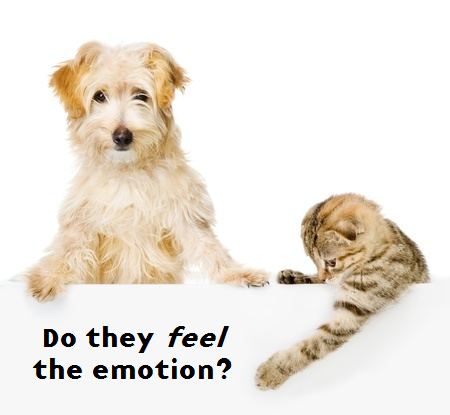I’m almost done giving my first online course!
I wanted to share some of the course content here on my blog, and choosing was difficult.
So, I got some help from my students. I asked them:
“Out of the course videos you’ve seen so far, which do you like the best? One that taught you something important that you think the rest of the world of pet owners or animal professionals would benefit from?”
Several students suggested chapter 11 from the GRIEF module entitled Infected Situations. So – here it is!


